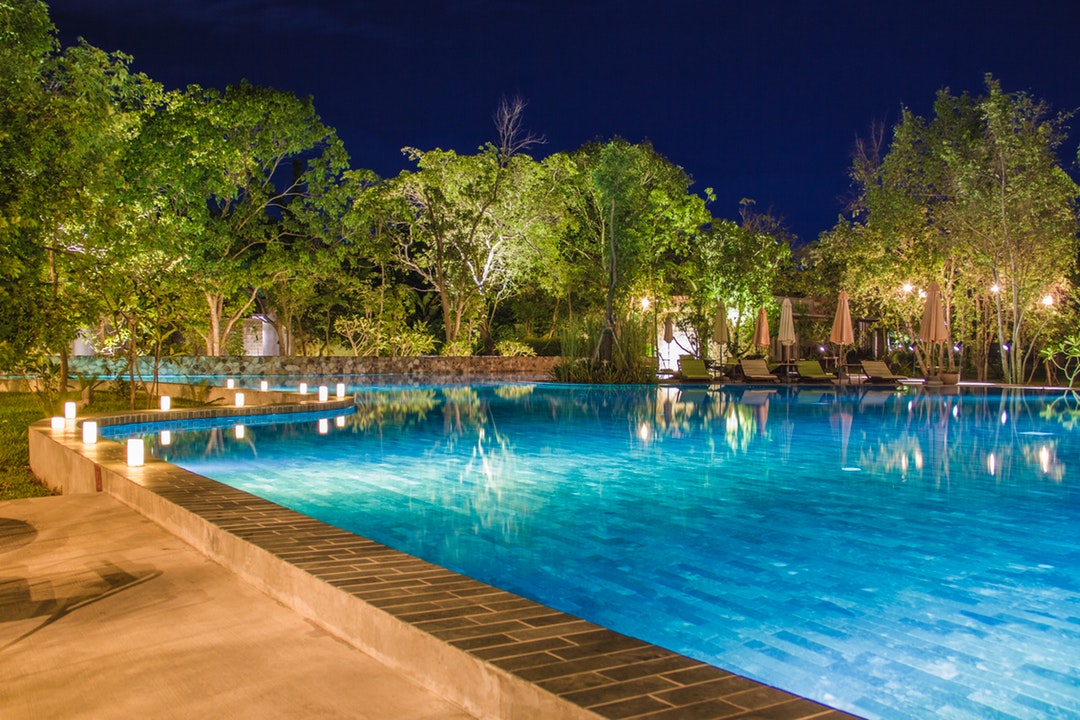Does your home have a swimming pool? If so, you’re in an exclusive club. According to numbers from the U.S. Census Bureau, 16 percent of homes had a pool as of 2011.
Having a pool will make you the most popular neighbor on the block. But nothing ruins a planned day of swimming as fast as realizing your sparkling blue pool is now a muddled green color.
When pool algae develops, you need a plan to get rid of it fast. Keep reading to find out about algae treatment options that will restore your pool to its previous glory.
How Pool Algae Forms
You can put up a “No Trespassing” sign to keep strangers out, but you can’t do that with algae. Algae comes along for the ride regardless of whether or not it got an invitation.
A lot of rain in a short period can throw off your pool’s chlorine levels. When that happens, it doesn’t take long for algae to show up.
High pH levels can also lead to algae in your pool. You need very specific pH levels to keep algae from forming, so aim for a pH of between 7.2 and 7.6
Your pool pump should also be running regularly enough to keep water circulating. Stagnant water is algae’s best friend.
Is Algae Harmful?
There are three types of pool algae. Green algae in the pool is most common, although it can also be black or even mustard-colored. Mustard algae is often the hardest to combat.
But while algae looks gross, it’s not necessarily bad for your health. At one point during the 2016 Rio Olympics, the outdoor diving pool “looked like a vat of Mountain Dew,” in the words of Self magazine.
Olympic officials said they tested the water before allowing competition to continue. Most algae is safe for humans to swim in, but it can keep you from spotting other hazards like pollution or even a dead animal.
In other words, if you’re not running an Olympic competition, your best bet is to close the pool while you eliminate the algae.
Pool Algae Treatment
The first thing you should do is get your pool’s pH level balanced. Once that’s done, it’s time to shock the pool.
The word “shock” makes it sound like you’re going to release an electric eel into your backyard pool, but that’s not what happens.
Instead, shocking means sanitizing the pool with a large amount of chlorine. Follow the instructions on the shock treatment package. You’ll also need to run the pump for 24 hours afterward.
It’s best to shock your pool at night since sunlight makes the whole process less effective.
Other Kinds of Treatment
Shocking your pool feels like the most dramatic step, but you’ll need to do other things as well. For instance, you should add algaecide after you shock your pool. Algaecide is one of the best ways to keep pool algae from gaining a foothold.
Your pool should also get cleaned and brushed regularly. Don’t forget to clean the filter as well.
Got more questions about pool maintenance? Contact our team of pool experts. We’d be happy to help.




